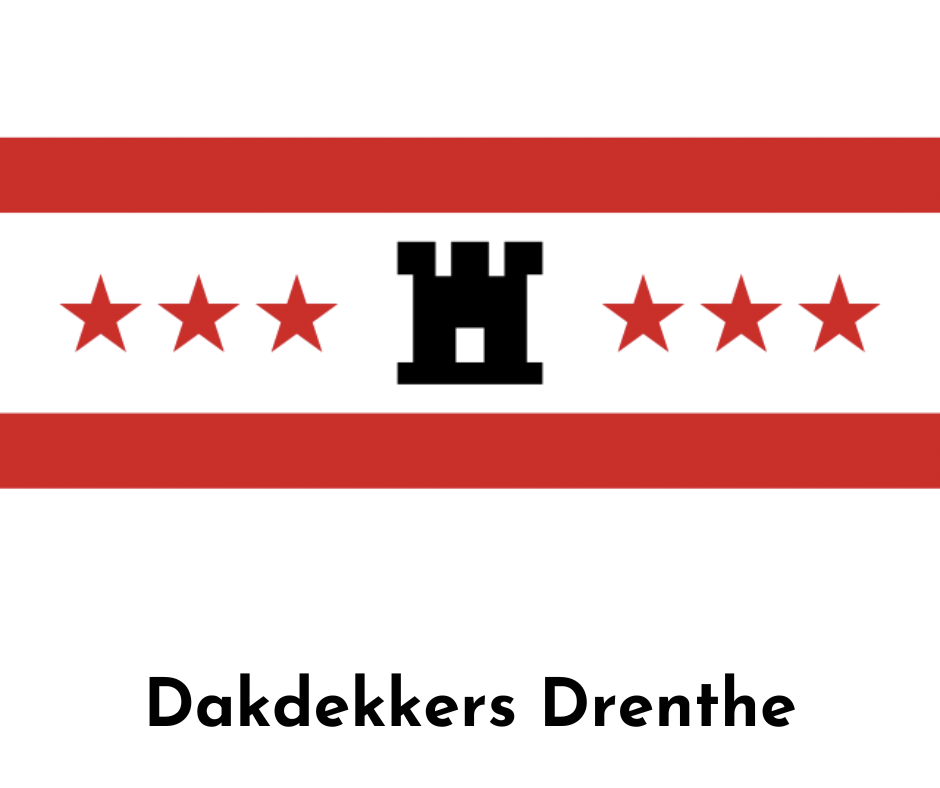Introduction: The Evolution of Roofing
When you think about the roof over your head, you might just see it as a mere structure protecting you from rain, snow, and sun. However, modern roofing has evolved significantly over the years. It’s no longer just about functionality; it’s also about aesthetics, sustainability, and technology. In this article, we will delve into the key features that make modern roofing stand out, exploring innovations that not only enhance the beauty of homes but also improve energy efficiency and durability.
Understanding Modern Roofing Materials
The Shift from Traditional to Contemporary Materials
Traditionally, roofs were made from materials like wood shingles or slate. However, advancements in technology have introduced a variety of modern roofing materials that are not only lighter but also more durable.
- Metal Roofing: This includes aluminum and steel options that offer longevity and resistance to harsh weather conditions. Synthetic Roofing: Made from polymers or rubber, these materials mimic traditional styles while providing better performance. Solar Tiles: These tiles serve dual purposes: they protect your home while generating renewable energy.
Each material has its unique advantages and contributes to the overall appeal of contemporary roofs.
Key Features That Make Modern Roofing Stand Out
Modern roofing is characterized by several standout features that elevate both its function and form. Let’s explore these features in detail:
1. Energy Efficiency
One of the most significant trends in roofing today is energy efficiency. Homeowners are more conscious than ever about their carbon footprint.
- Reflective Roof Coatings: These coatings can significantly reduce heat absorption. Insulation Options: Advanced insulation materials help maintain indoor temperatures without excessive reliance on HVAC systems.
Energy-efficient roofs not only lower utility bills but also contribute to a sustainable environment.
2. Durability and Longevity
Modern roofs are designed to last longer than traditional ones. Here are some factors contributing to their durability:
- Weather Resistance: Many modern roofing materials can withstand extreme weather conditions such as hail, heavy rain, or intense sunlight. Low Maintenance Needs: With advancements in technology, many roofs require minimal upkeep.
Investing in a durable roof means fewer repairs and replacements over time.
3. Aesthetic Versatility
A roof is one of the first things people notice about a home. Thus, aesthetics play a crucial role in modern roofing designs.
- Variety of Styles: Whether you prefer a sleek metal finish or traditional shingles, there’s something for everyone. Color Options: Modern roofing materials come in an array of colors allowing homeowners to match their roof with their personal style.
This versatility ensures that your home stands out in the neighborhood!

4. Sustainability Initiatives
With climate change becoming an increasing concern, sustainability has taken center stage in modern architecture.
- Recyclable Materials: Many new roofing products are made from recycled materials or are fully recyclable themselves. Green Roofs: Also known as living roofs, they involve growing vegetation on rooftops which helps with insulation and air quality.
Sustainable roofing solutions not only benefit homeowners but also contribute positively to the planet.
5. Technological Advancements
Incorporating technology into roofing is another feature making waves today:
- Smart Roofs: Equipped with sensors for monitoring temperature changes or moisture levels. Solar Integration: More homes are adopting solar panels seamlessly integrated into their rooftops.
These technologies enhance performance while offering convenience for homeowners.
6. Cost Effectiveness Over Time
While some modern roofing solutions may have higher upfront costs compared to traditional options, they often save money over time due to their durability and energy efficiency.
| Feature | Traditional Roofing | Modern Roofing | |----------------------|---------------------|----------------| | Lifespan | 15 – 30 years | 50+ years | | Maintenance Costs | High | Low | | Energy Costs | Medium | Low |
Investing wisely can lead to significant long-term savings!
FAQs About Modern Roofing
1. What types of modern roofing materials are available?
Modern roofing offers various options including metal roofs, synthetic tiles, asphalt shingles with improved technology, and solar-integrated tiles among others.
2. How does energy efficiency impact my utility bills?
Energy-efficient roofs reflect sunlight away during summer months while insulating against cold during winter months—this leads to reduced reliance on heating and cooling systems lowering your utility bills substantially!
3. Are green roofs worth the investment?
Absolutely! Green roofs provide insulation benefits, manage stormwater effectively and improve air quality—all while adding aesthetic value to your home!
4. Can I install solar panels on any type of roof?
Most types of roofs can support solar panel installation; however flat or gently sloped roofs tend to be easier for mounting equipment compared with steeply pitched surfaces where special drenthe roofing business directory considerations may apply!
5. How often should I maintain my roof?
Regular inspections twice a year—preferably during spring/fall—and after severe storms should keep your roof well-maintained!
6. What is the average lifespan of modern roofs?
Depending on material choice—metal roofs typically last up to 50+ years while asphalt shingles may last around 30 years—with proper maintenance extending longevity significantly!
Conclusion
In conclusion, when considering all these elements together—energy efficiency, durability & longevity aesthetics versatility sustainability initiatives technological advancements cost-effectiveness—it becomes clear why understanding "key features that make modern roofing stand out" is essential for any homeowner looking at upgrading their property’s exterior! Not only do these advanced features enhance visual appeal but they also ensure optimal performance throughout varied weather conditions whilst supporting eco-friendly practices! So whether you're building anew or simply looking at renovations—keeping abreast of current trends will certainly pay off down the line!